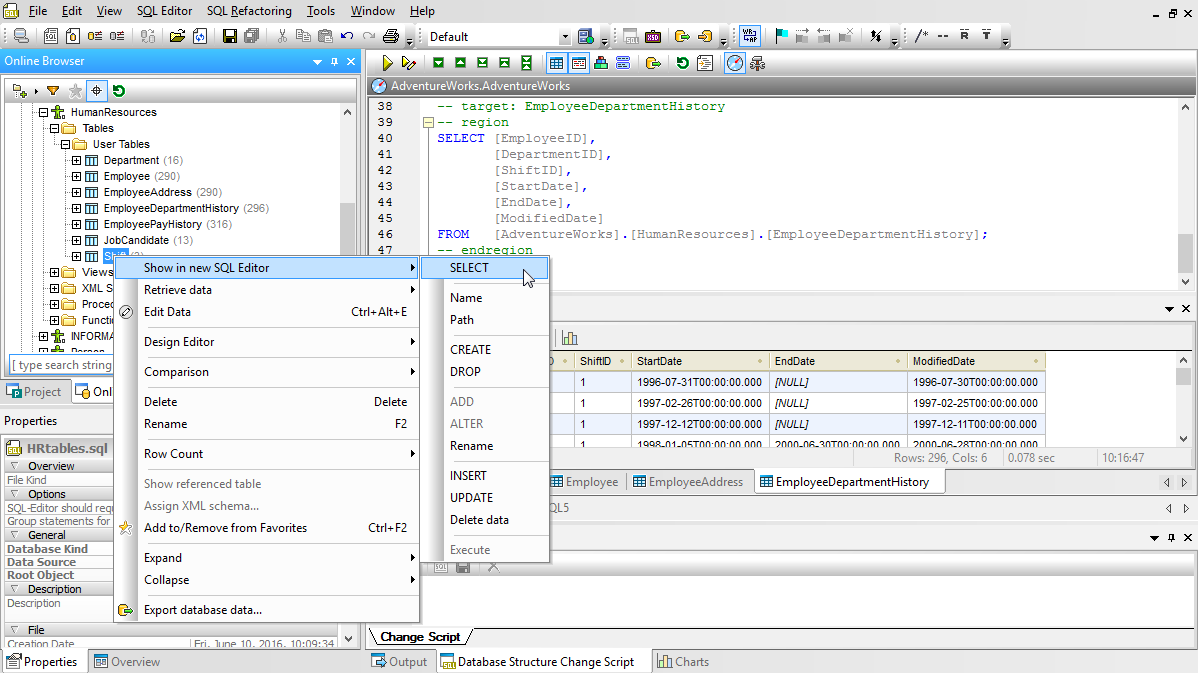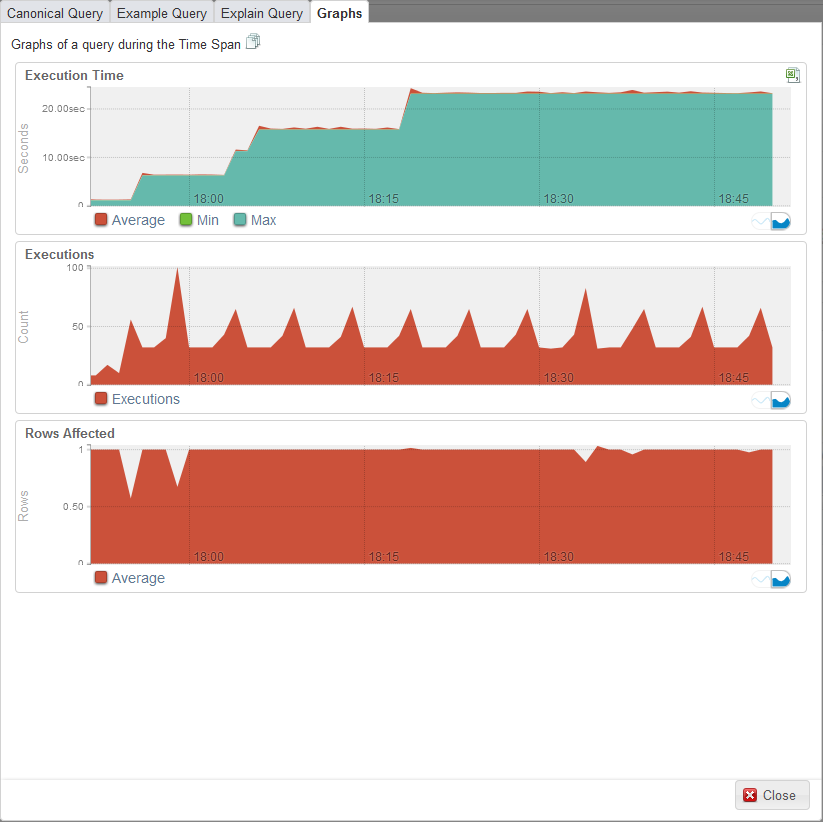
The database multiple-query optimization can be achieved by analyzing multiple-query sequences at a level below that used by current optimizers, but above the low-level executable code. In this paper, the concept of the ‘algorithm-level’ representation of a database program is defined and optimization techniques that can be applied to the algorithm-level representation are discussed. Some techniques extend existing concepts, while others are new.
In this paper, we also show multiple-query optimization can be performed across the update queries. Previous article in issue. Next article in issue. Kang received the M.S. Degree from University of Illinois, Urbana, in 1985, and the Ph.D. Degree from Purdue University, Lafayette, in 1991, all in Electrical Engineering.
He has held a position at Chicago Laser Systems. Currently, he is a research engineer at the Naval Research Laboratory working on security related issues in database systems.
His research interests include parallelization techniques, data modeling, consistency maintenance, and performance modeling in parallel and distributed database systems.Bharat Bhargava is a professor in the department of computer science at Purdue University. His research involves both theoretical and experimental studies in distributed database systems.


What Is Query Optimization
He is currently working on adaptability in distributed systems, replication management, and new paradigms in communications for high performance transaction processing. He is conducting experimental studies on the above topics in the Raid Distributed Database System that has been implemented at Purdue. He is investigating the requirements of database systems for application to automated intelligent manufacturing systems.Prof. Bhargava is on the editorial board of the IEEE Transactions on Knowledge and Data Engineering. He is a fellow of IEEE.